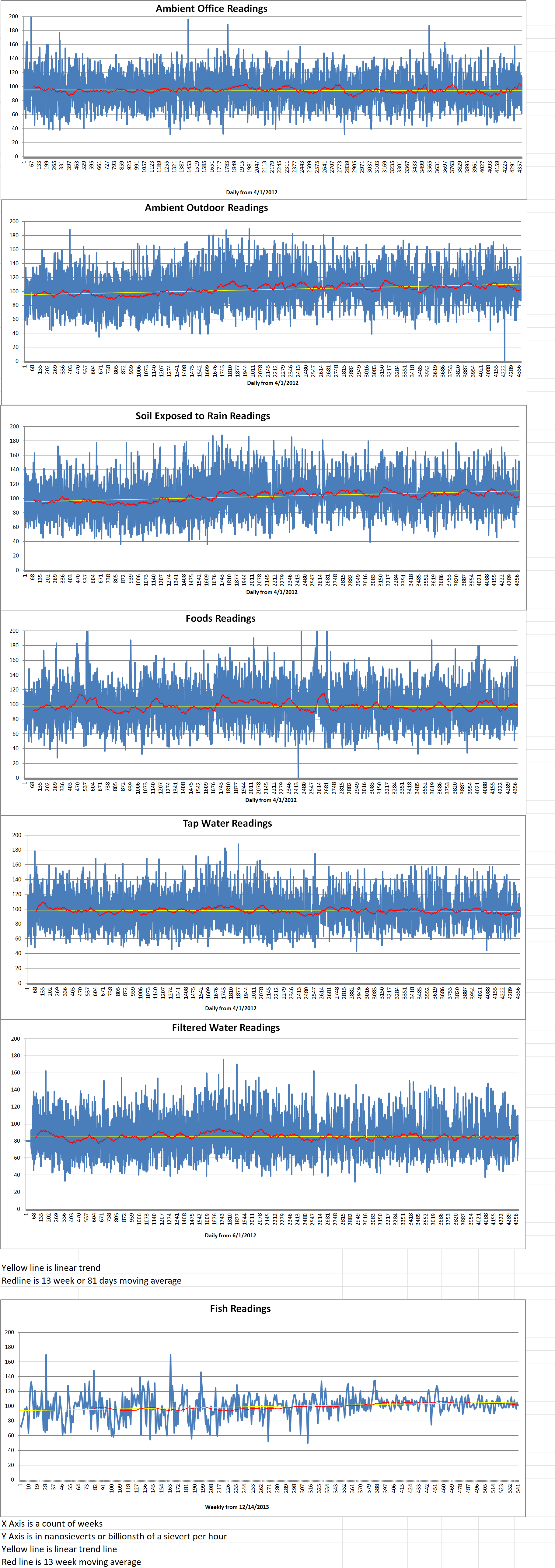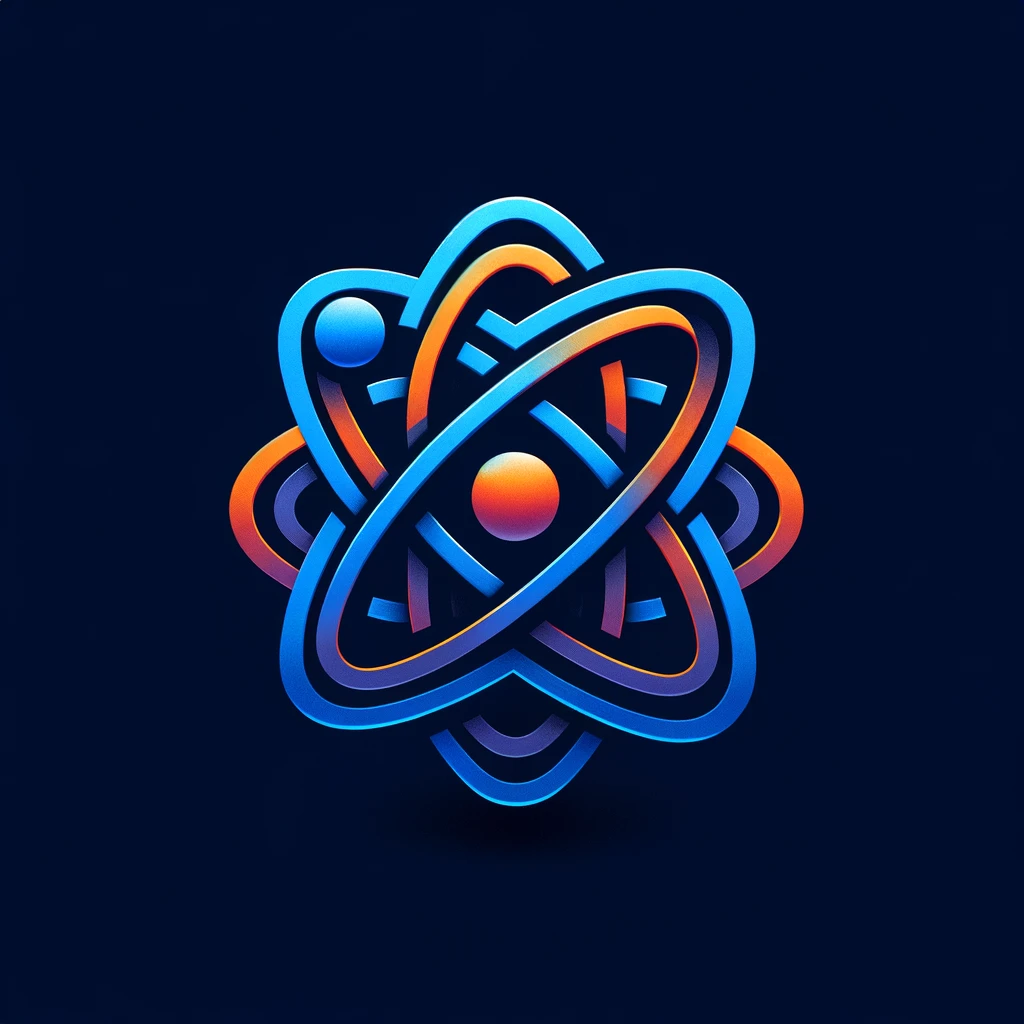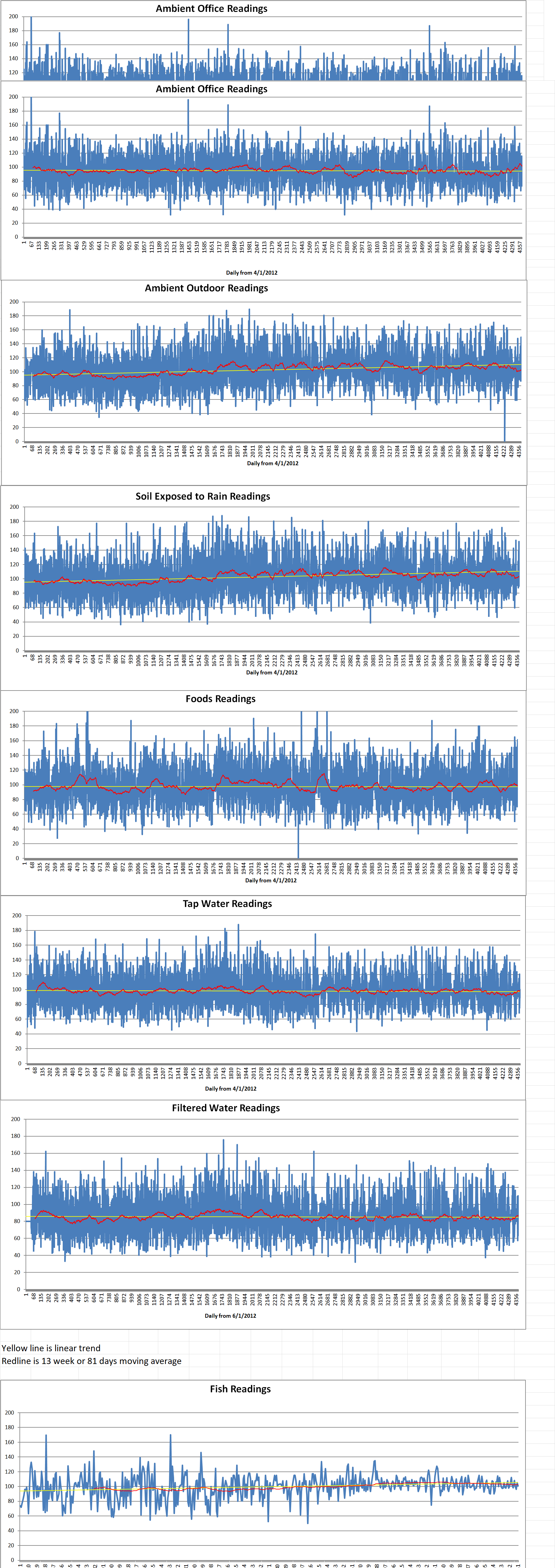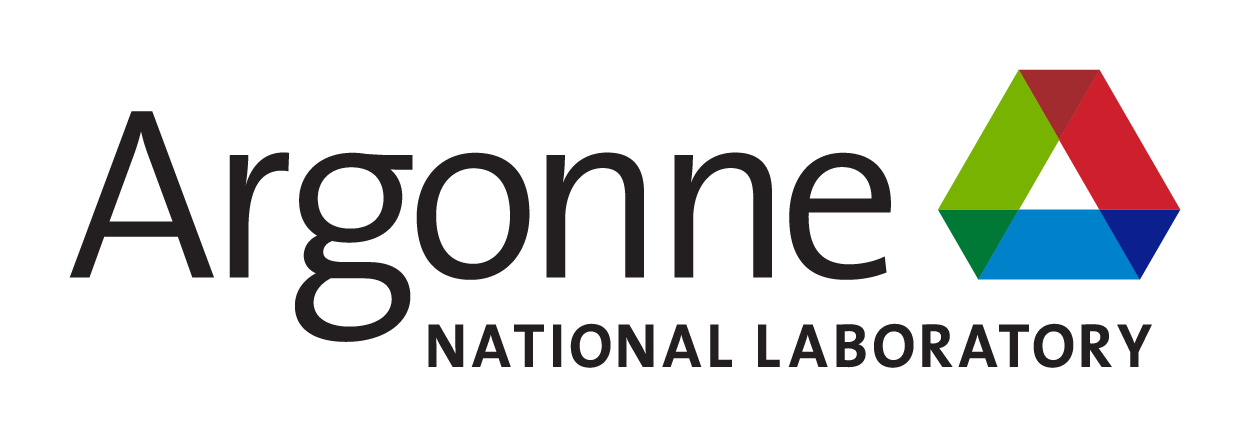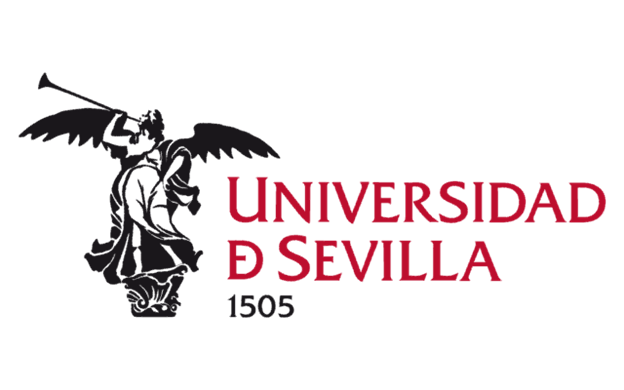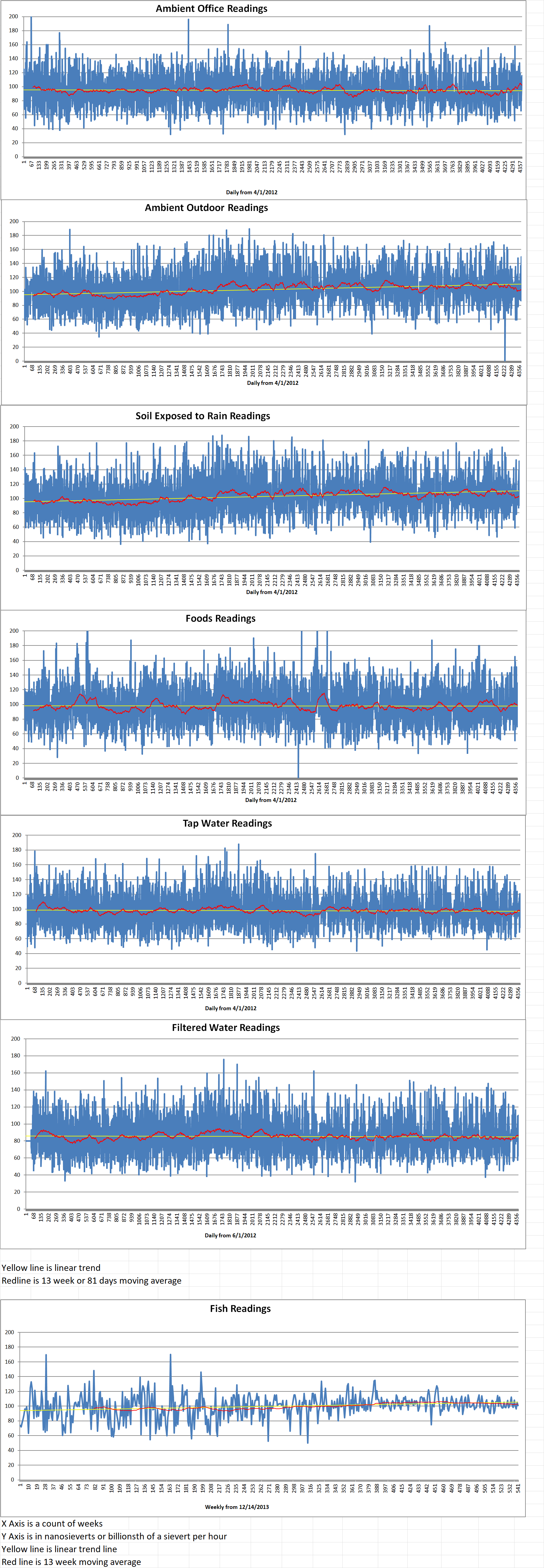In order to make advancements in nuclear science, researchers around the world conduct various experiments each year, often making use of particle accelerators. The data on nuclear particles and processes collected during such experiments is of great importance because it provides valuable insights into the properties of different particles and their interactions.
Accurate analysis of this data is also critical for new developments in fields like nuclear power, healthcare, nuclear fusion research, radioactive waste management, etc. However, very specialized tools are required to process, analyze, and comprehend nuclear data with great precision.
A team of international nuclear researchers from China, France and the U.S. has developed an advanced software tool called Nucleus++. It is much faster, more reliable, and more versatile than existing software packages used for nuclear data processing and analysis.
The researchers say that “Nucleus++ is designed as a valuable tool for scholars and practitioners in the field of nuclear science.” Their study “offers an in-depth description of Nucleus++, highlighting its main features and anticipated impacts on nuclear science research.”
Scientists have created software that can decode nuclear data before. Several existing software tools already serve this purpose. These programs include the Cross Section Evaluation Working Group (CSEWG), and Monte Carlo N-Particle Transport (MCNP), among others.
However, most of these tools focus on only specific tasks. For instance, CSEWG is dedicated to the evaluation and compilation of nuclear reaction cross-sections. Nuclear reaction cross-sections are used to describe the probability that a nuclear reaction will occur. The cross-section is typically denoted as σ and measured in units of area. The standard unit for measuring a nuclear cross section is the barn, which is equal to 10−28 m² or 10−24 cm². Each reaction has its own cross-section. CNP, on the other hand, is mainly used for simulating the movement of neutrons, photons, and electrons as they travel through various materials.
Unlike these traditional tools, Nucleus++ supports a wide range of nuclear data tasks, such as evaluation, simulation, and validation, all in a single platform. It has a modular design. This allows for the integration of multiple nuclear models, enabling a more thorough analysis. In order to make the best of this ability, the study authors have integrated Nucleus++ with NUBASE which is one of the largest databases of atomic nuclei and nuclear properties.
All of this makes the Nucleus++ software an effective tool for studying nuclear data in great detail. Comparing experimental nuclear masses with predictions from different mass models Nucleus++, it outperforms other software for nuclear analysis. And it offers greater versatility than tools designed for specific types of nuclear data.
The researchers claim that a deeper and clearer understanding of nuclear data through tools like Nucleus++ could trigger positive changes in various fields. For example, it could lead to drastic improvements in many existing therapies and medical imaging technologies that involve the use of electromagnetic waves and radioactive isotopes. Accurate insights into nuclear data might also contribute to making research into nuclear fusion systems more productive and nuclear energy greener.
In addition, it may enable scientists to unravel many unsolved mysteries associated with fundamental forces and particles that created the universe. Researchers hope that Nucleus++ will fulfill all these expectations, and bring positive changes in numerous sectors including healthcare and clean energy.

